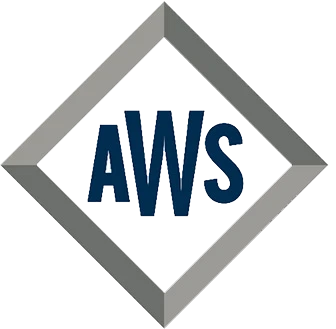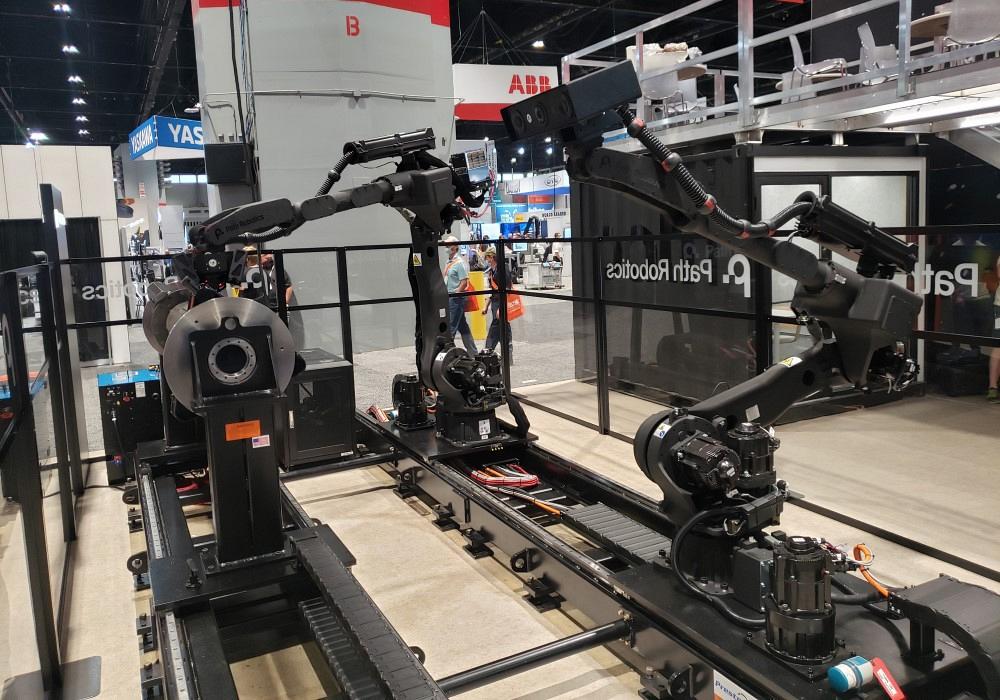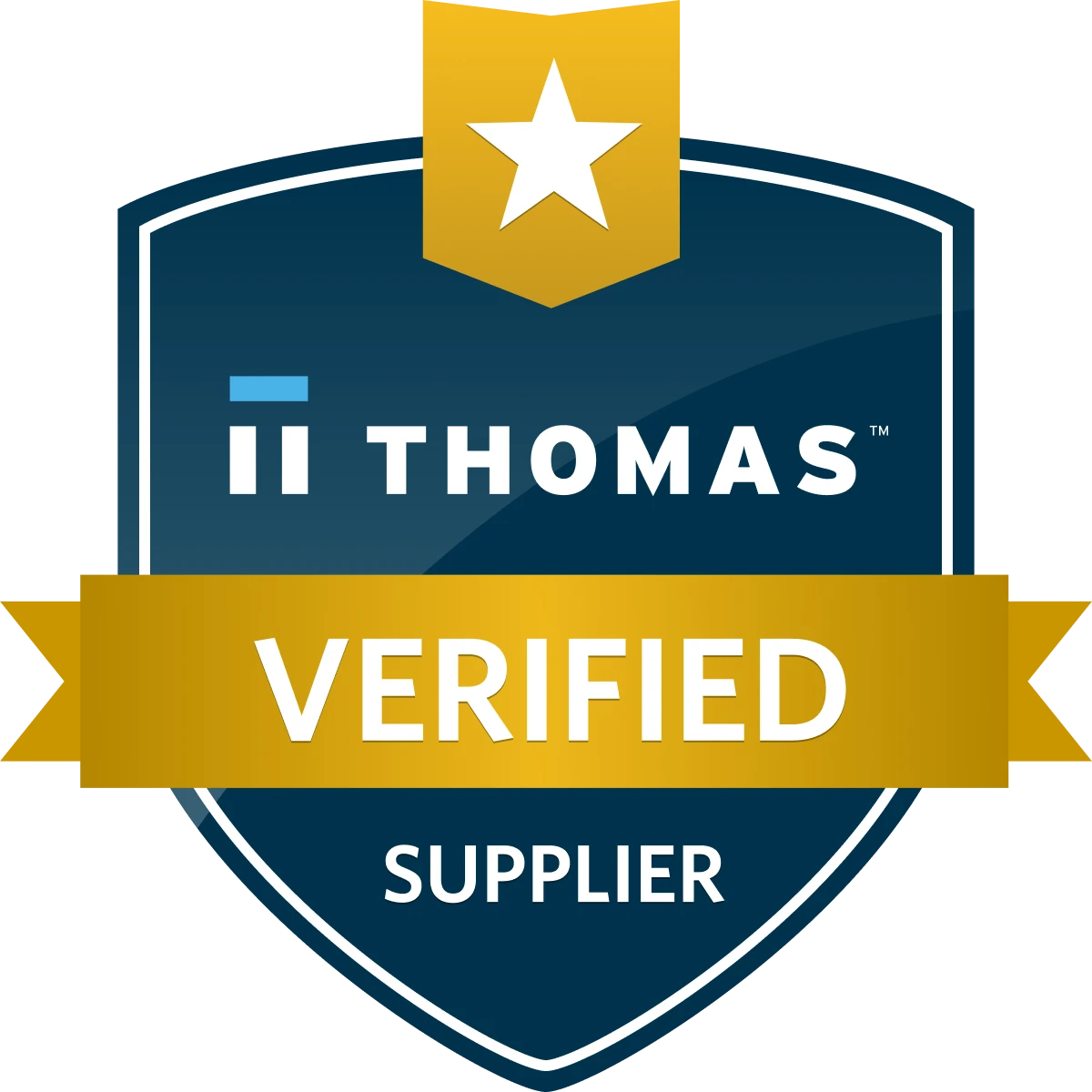Whether through offline simulation or through the teach pendant, for years programming has been a robot’s primary weakness in the high-mix/low-volume world of metal fabrication. Teach pendant programming takes time, as does offline simulation. Some systems have used parametric programming, which scales a program to work with infinitely variable part sizes, but only around certain part dimensions.
But what if a robot could behave like a human welder, who can look at a part—any part—compare it with the drawing, make the appropriate adjustments, and commence welding? At this year’s FABTECH, which returned to Chicago’s McCormick Place in Chicago after a two-year Hiatus, Columbus, Ohio-based Path Robotics showed just how such a technology can work.
“Our goal is to break down the traditional barriers that a lot of manufacturers face when getting into robotics,” said Paul Boulware, director of applications engineering at Path.
The company’s technology allows fabricators to send a CAD file with weld annotations (showing the location and size of welds) to the robot. Using 3D vision, the robot “looks” at a tacked and fixtured part, compares it with the digital file, notes the differences (and there are always differences), adjusts, and commences welding.
“We’re effectively snapping those weld seams onto the actual weld topography of the part,” Boulware said.
What makes this possible goes back to the show’s common thread: innovative use of data, in this case CAD data married with 3D vision. And Path wasn’t the only company to showcase such technology.
For instance, Omnirobotic, Laval, Que., exhibited its self-learning robot that, for powder coating applications, does not make use of any CAD model. Instead, the system’s vision “sees” the part in front of it and, based on a set of parameters, uses an artificial intelligence (AI) engine to determine the best way to paint it. At the show, the company showcased a new, simplified way to establish a set of behaviors that the AI engine works off of to establish the best program for every part the robot encounters.
“It’s not offline programming,” said Omnirobotic founder/CEO Francois Simard. “We’re describing how [the system] should make the toolpath, without you having to do it every time.”
Simard added that the company has other applications in shot peening and sandblasting and is now conducting R&D for AI-based weld programming. For welding, the system would need part parameters, just as a welder needs a drawing to determine the weld size, location, and technique to use. Regardless, the approach would aim for the same goal as the company’s current powder coating applications: to eliminate the need for manual programming and tear down the barriers to automation even for the most high-mix operations.
Read more: Say goodbye to traditional robot programming in the fab shop






